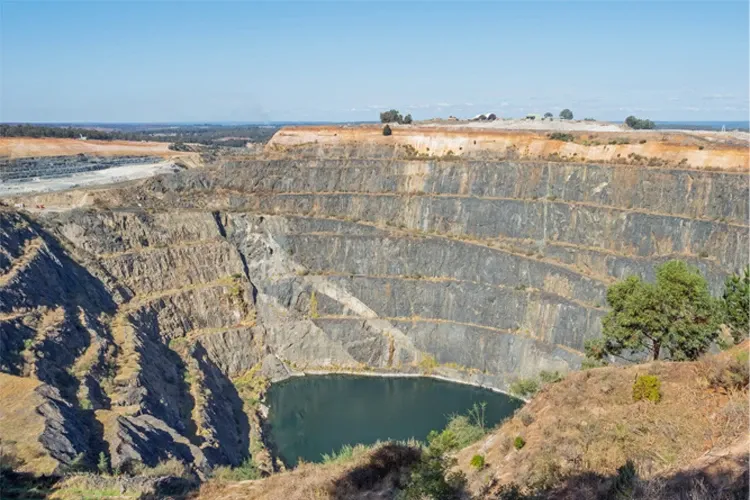President Joe Biden wants electric vehicles (EVs) to account for half of all new car sales by 2030, but this push ignores potential environmental issues associated with increased battery production.
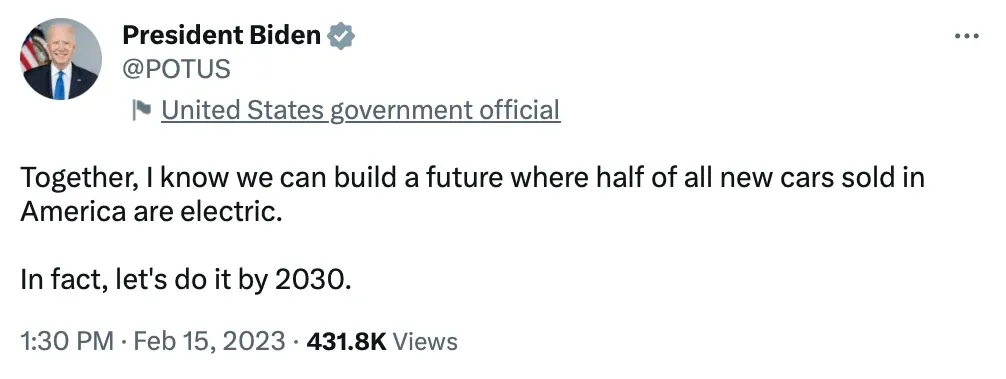
According to the International Energy Agency (IEA), there were over 16.5 million EVs on the road in 2021. With 350 million EVs expected by 2030, they will account for 83% of global battery demand between passenger cars and commercial vehicles.
Electric vehicles, like their gas-powered counterparts, rely on batteries, but most EV batteries require lithium and cobalt.
Although proponents claim that electric vehicles are one of the main keys to fighting climate change, many are concerned that the associated increase in mining is nothing more than environmental problem-shifting, where efforts used to fix one problem cause another equally serious problem.
Half of the lithium mined today is for battery-related purposes. In order to meet the forecasted demand, the supply will need to increase by a factor of six, which means a dramatic increase in mining.
Marco Tedesco, Ph.D., a research professor at Columbia Climate School’s Lamont-Doherty Earth Observatory, explained the problem between trying to reduce a carbon footprint with increased mining activities:
A paradox, therefore, can arise between “clean” revolution and “dirty” lithium mines: it is true that electrifying cars and other aspects of our society favors the reduction of carbon dioxide emissions. However, after we consider the cost of emissions associated with extracting lithium, the transition may not be as efficient as we believe, especially when miners are not using clean energy.
Every ton of Lithium mined requires approximately 500,000 gallons of water, creating a decline in local water supplies. Mining activities in South America often account for about 65% of the region’s water supply.
In addition to a diminishing water supply, mining can also leak hazardous materials and poisons, wreaking havoc on local ecosystems. In 2016, a group of Tibetan citizens protested a Chinese lithium mining project after toxic waste seeped into the Liqi River killing thousands of fish and livestock and causing cancer in the people who drank from it.
Mining cobalt is even more problematic than mining lithium. Cobalt is normally mined as a by-product of copper and nickel. The Democratic Republic of Congo (DRC) is estimated to produce between 60 and 70% of the world’s cobalt supply, and artisanal small-scale mining accounts for 15 to 30% of all mining activities in the DRC.
These low-tech or "artisanal" mines are often run on an informal basis and are not regulated. The miners use shovels and picks to extract the cobalt and there are rarely any systems in place to protect the environment and the miners’ safety.
Cobalt mining produces pollution and without the proper equipment, it can leak into neighboring rivers and water sources. The dust from pulverized rock has also caused pollution and health issues for local communities.
Health issues are not limited to mining dust. Many human rights advocates have noted slavelike working conditions and child labor issues involved in cobalt mining. One report estimated that there are between 35,000 and 40,000 child laborers extracting cobalt.
Siddharth Kara explores the dangerous environmental and social impacts caused by cobalt mining in his book, Cobalt Red. In a tweet, he describes the mining conditions of the DRC as subhuman and degrading.
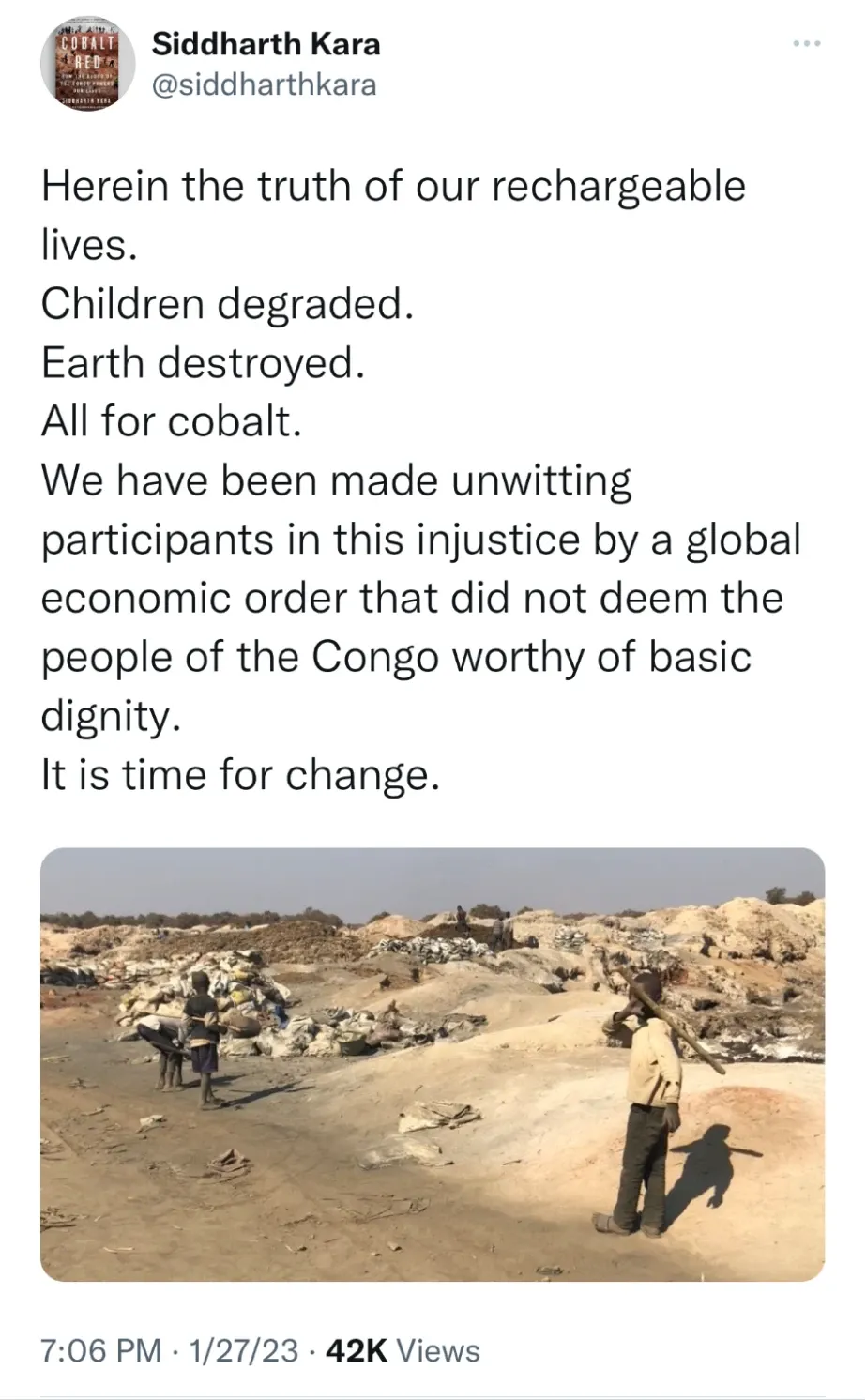
In another tweet, Kara attacked the number of companies advertising their EVs during Super Bowl LVII, ignoring the devastating conditions caused by cobalt mining.
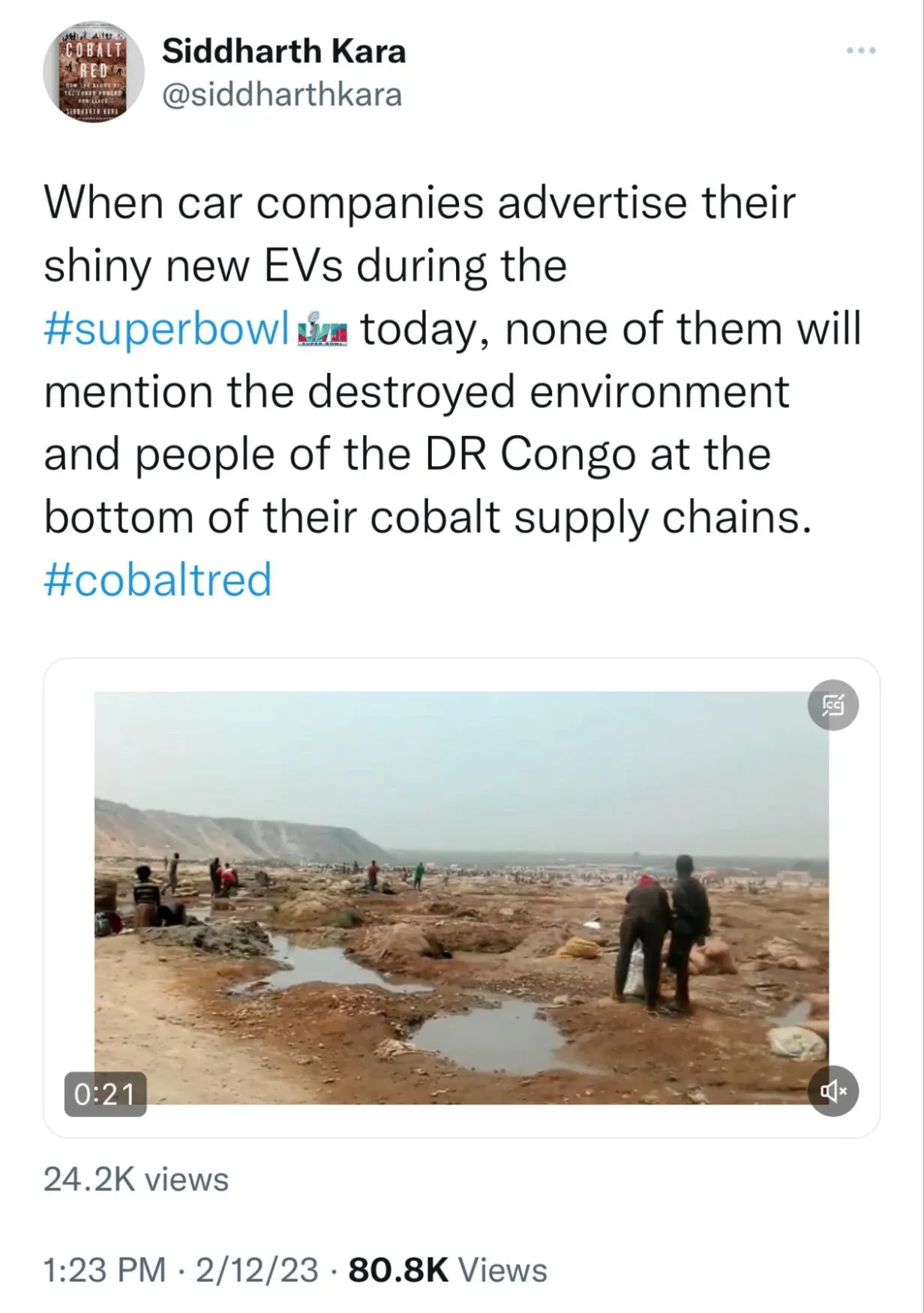
Mining cobalt in the DRC has also resulted in the loss of several communities in the city of Kolwezi, leaving thousands displaced and forced to relocate.
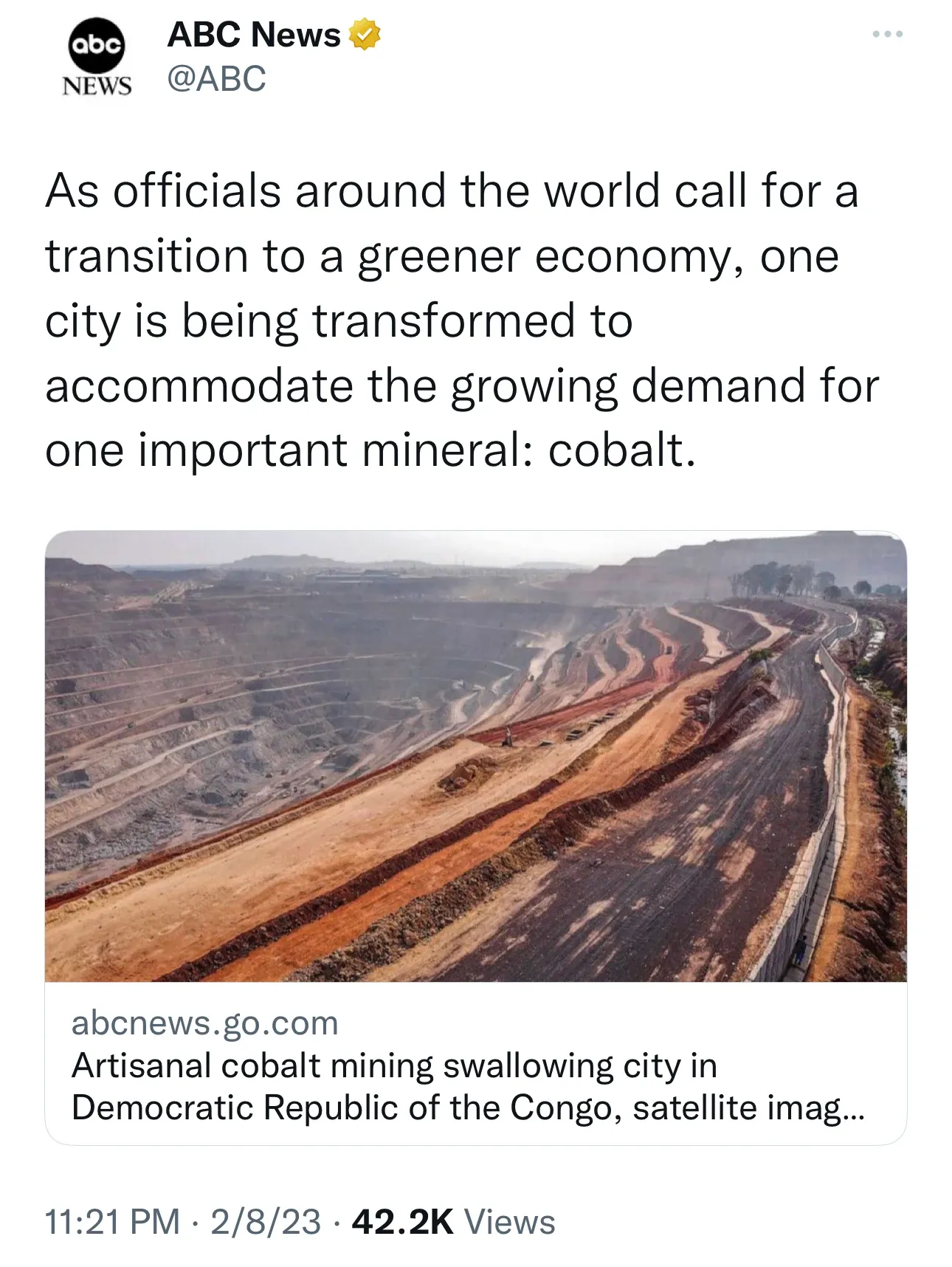
In addition to the environmental and health issues associated with mining the materials for EV batteries, EV battery production is also higher in CO2 emissions as opposed to traditional batteries, and experts are trying to figure out what to do with the millions of EV batteries when they reach the end of their life.
Although recycling lithium batteries in laptops and cell phones has been around for years, recycling EV batteries is much more complex and expensive. Until a better recycling solution is identified, batteries will potentially stack up in large amounts of toxic waste.


